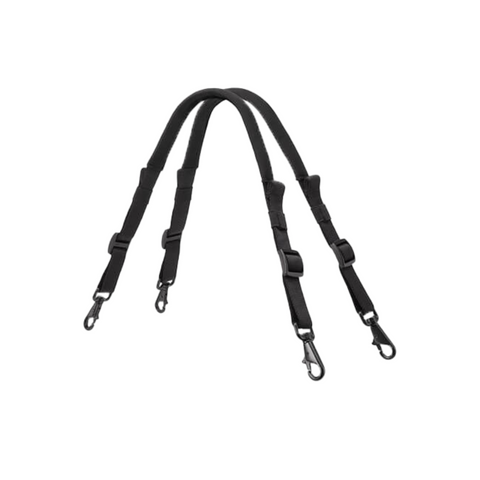With April 11 – 17 being Dog Bite Prevention Week we thought we would remind you about some important preventative tips.
Nationwide statistics underscore the need to raise awareness around the dangerous problem of dog bites, and to educate the public about what can be done to prevent them. According to the American Veterinary Association and Centers for Disease Control and Prevention, more than 4.7 million Americans suffer from dog bites each year. The severity of the bites varies, but over 800,000 people are injured seriously enough each year to require medical attention. On average, 12 people die annually due to mortal wounds.
Children (especially boys ages 5 – 9) are three times more likely than adults to be bitten. Dog’s bite small children most often on the face, head, and neck because kids are the same height as a dog. And the statistics with children just get worse – 50% of children in the U’S’ will be bitten by a dog before their 12th birthday!
While these numbers are both staggering and alarming, some of the most surprising facts may be that 61 percent of dog bites occur within pet owners’ homes, and 43 percent of all dog bites involve children being bitten by the family dog. As such, parents can lower these high incidence rates simply by learning some basic guidelines that will help their children avoid getting bitten by their own dogs.
For example, under no circumstances should a baby or child be left alone with a dog, and young children should never walk or feed the dog unsupervised. Parents should never allow a young child to discipline their dog, pull on the dog’s collar or play aggressive games with them. What parents should do is teach their dog to be respectful and respond to verbal commands.
Of course, dog bites are not restricted to children. The following tips can help reduce the chances of kids and adults being attacked by an approaching dog:
- Don’t try to make friends with an unknown dog.
- Stand still, stand tall and don’t move a muscle until the dog loses interest in you-don’t try to run away because dogs love to chase and catch things.
- Allow the dog to smell you but don’t put your hand out-let the dog come close to you on his own terms.
- Don’t scream – speak calmly to the dog.
- Face the dog at all times but don’t make eye contact with the dog or stare-it can be perceived as a sign of aggression.
- Back away slowly, watching the dog from the corner of your eye.
- If the dog knocks you down, roll up into a fetal position with your arms covering your head and neck and play dead-don’t fight back.
Dogs can be wonderful, loving companions. To keep yourself and your dog happy and safe, act responsibly. By following the above tips, you can help reduce the risk of your dog biting others or getting bit by a strange dog yourself.



